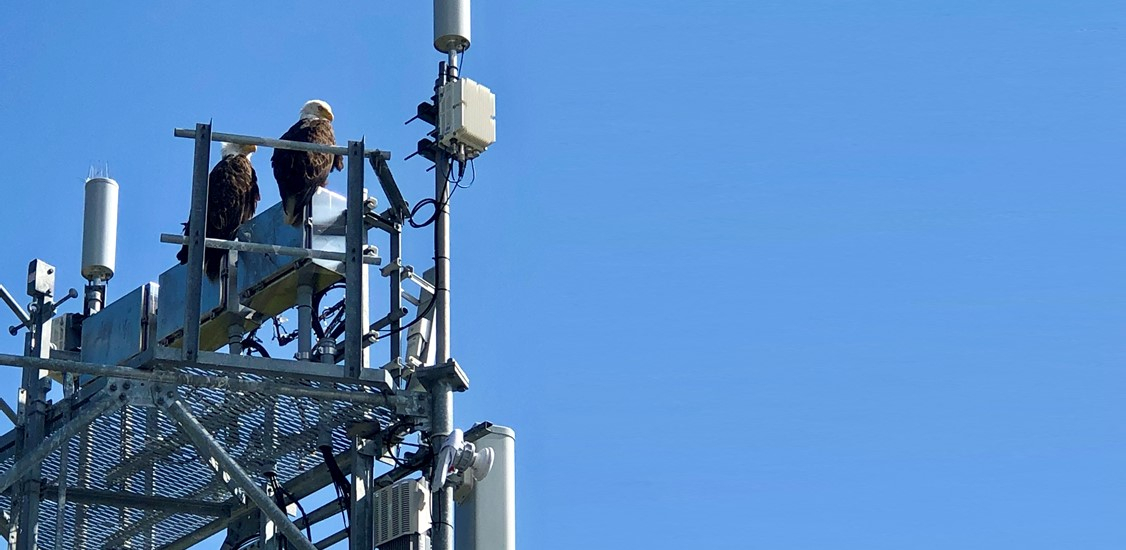The following is a summary of a letter filed by Parallel Wireless' CEO Steve Papa in response to the Public Note, released by the Public Safety and Homeland Security Bureau on March 13, 2020, seeking comment on the provisions in the Secure Networks Act of 2019. Published as submitted by Parallel Wireless.
The Huawei rip and replace program is an exceptional opportunity for the FCC to advance the President’s Make America Great Again agenda as well as accelerate American 5G innovation. Parallel Wireless has the privilege of building ORAN networks across six continents, including the largest ORAN deployment in Peru, spanning hundreds of sites totaling 60,000 km2 of coverage with Telefonica, network modernization and 4G and 5G ORAN deployments with Vodafone in Europe, greenfield 4G with the “Rakuten of Alaska” OptimERA, and network expansions with Cellcom in Wisconsin and Inland Cellular of Idaho.
The high-tech industry has contributed many things to America including the word “FUD” - fear, uncertainty and doubt. Around the same time Bell Labs was inventing the modern transistor, a prime example of technology industry FUD was Ma Bell blocking the passive device called the “HUSH-A-PHONE”, claiming it would ruin the phone network. It was a piece of plastic attached to a handset. Defying all modern logic, Ma Bell’s FUD was so persuasive that the FCC ruled in favor of Ma Bell blocking inert plastic blocks interoperating in the 1950s!
 Arguing open interfaces hurt cellular is as disingenuous as the HUSH-A-PHONE FUD
Arguing open interfaces hurt cellular is as disingenuous as the HUSH-A-PHONE FUD
The latest FUD? The idea that open interfaces for radios on cell towers will compromise the reliability and security of the cell network. It’s as absurd as the 1950s HUSH-A-PHONE FUD.
I started my industry career working for AT&T in 1993 where I first learned the term FUD as part of an official sales strategy - I was working in their newly acquired computer division NCR and the first product release document I ever wrote was for AT&T MP-RAS Unix. At the time there were dozens of Unix variants - we argued ours was better, we argued Linux was not reliable, and we mutually prevented competitors from running their version of Unix on our hardware. The incompatible Unix software meant that once you wrote an application for one system, it required substantial investment to “port it” to another. This created a lock-in for a particular vendor’s equipment - identical in effect to the wireless radio lock-in. The vendors relying on this lacked new customer growth because they stagnated on the innovation front and eventually merged together, creating HP-Compaq-Tandem-Digital in 2000, which caused a lot of incompatibility pain for CIOs around the world - the CIOs eventually fought back and then overnight in 2001, Linux became the default choice, and innovation in the datacenter market flourished.
But the “lock-in” wasn’t only the OS - by the mid-1990s, most of the datacenter computer companies were buying off the shelf PC components such as hard drives and memory, placing proprietary software on them, and marking them up 4-5x for our customers. This has also been a common practice for wireless infrastructure remote radio heads - dramatically increasing the costs for rural operators to provide essential coverage. It’s worth remembering that compelling economics were the original reason operators chose Huawei and ZTE equipment.
 A frozen cell tower. Image credit: Inland Cellular
A frozen cell tower. Image credit: Inland Cellular
We are fortunate in the cellular industry to have Nokia as an innovator showing what is possible with Open Interfaces. The recently launched Rakuten network provides conclusive proof that an Open Interface to Nokia’s radios is enabling American innovation to flourish in Japan.
“We support, as a basic rule, open systems and open interfaces...we believe that this is the right way for the industry for the long term.” said Mike Murphy, CTO of Nokia North America, in November 2019.
At Parallel Wireless we are strong advocates of OPEN RAN especially ORAN interfaces - but we are even stronger advocates of all open interfaces because once there is an open interface, innovation flourishes. Innovation can mean technological advancement - it can also mean manufacturing innovation that enables re-domiciling radio production in the U.S..
We have the following recommendations for the FCC to ensure the $1B, and growing, rip and replace program accelerates 5G deployment in the U.S., accelerates national innovation and maximizes the coverage and capacity funded by U.S. taxpayer dollars:
1) Accelerate innovation and choice: Require any radios paid for with rip and replace funds to have published interfaces with clear licensing permission whether CPRI, ORAN, or other and to have demonstrated with at least one independent outside party that the interfaces are sufficient to ensure interoperability. Rather than argue about ORAN, let's focus on interoperability.
Parallel Wireless’ commitment to interoperability includes showing our software working with other vendors radios and working with any systems vendor so that radios we are providing work with their systems.
Furthermore, we are happy to contribute to open source any “multi-standard adaptation” software we develop in the process - for example, we should expect software to emerge that enables an existing Samsung or Ericsson interface to be compatible with an ORAN radio standard.
2) Maximize the benefit for American taxpayers and rural operators: by bringing back radio manufacturing to America and maximizing coverage. Require all vendors requesting to be on the approved radio vendor list for rip and replace funds submit a confidential volume pricing proposal to the FCC. This will work towards:
Enhancing national security with innovation and secure supply chain
Creating the most American jobs with these taxpayer dollars
Creating more coverage and capacity across rural America by virtue of innovation and choice for rural operators. This will also help advance the FCC’s goals with the Rural Digital Opportunity Fund
Allowing the rural operators to make their own decisions while ensuring they have choice enabled by the free market
Securing the supply chain by helping existing equipment vendors overcome their short-term instincts and have a shot in the medium term at avoiding joining the Digital Equipment Corporation in the dustbin of irrelevance
Advancing western 5G alternatives by accelerating innovation
Ensuring taxpayer dollars are responsibly spent




















